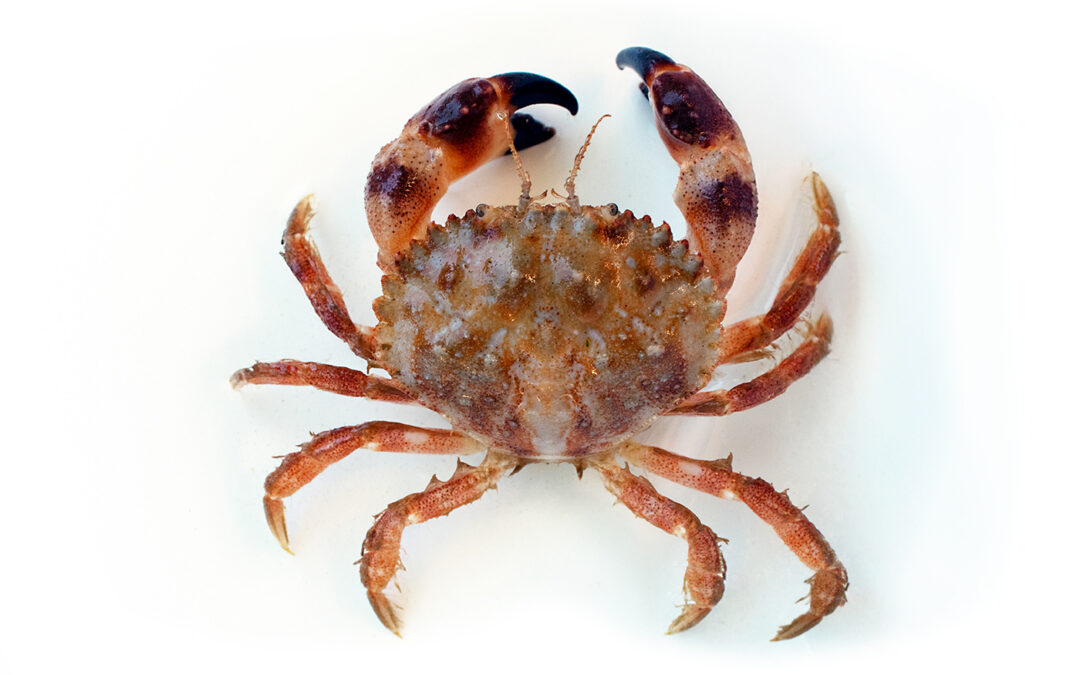
by David Young | Jul 29, 2024 | Arthropods
Pygmy Rock Crab Author: Sam Mitchell-Joy Scientific name: Glebocarcinus oregonensis, Cancer oregonensis Common names: Pygmy Rock Crab, Oregon Cancer Crab, Hairy Cancer Crab Size range: A pygmy rock crab can grow up to 5cm (2 inches) across its carapace. The males...


